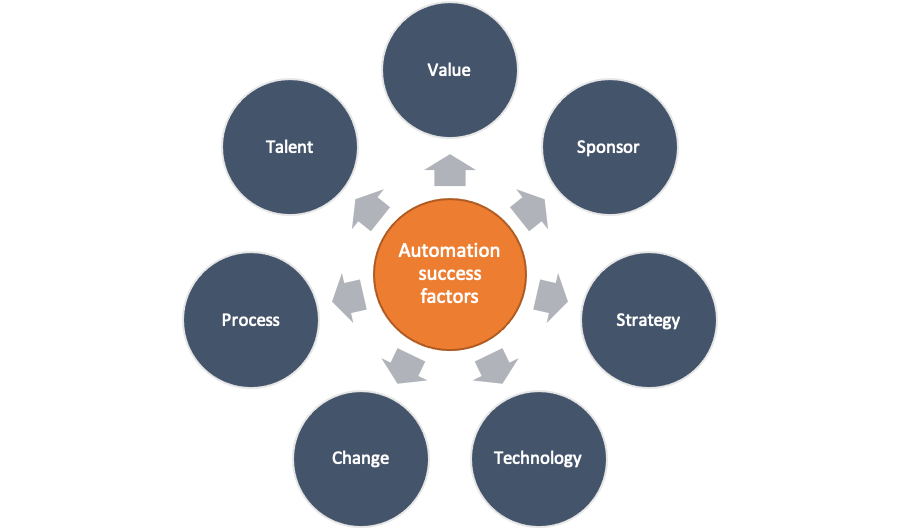The Shocking Reality of Automation Project Failures
Many companies pour money into automation, yet most initiatives fall short. Research reveals that 70% of these projects collapse due to preventable errors. Weak planning and overambitious targets frequently drain budgets without delivering results.
Step 1: Conduct Comprehensive Process Analysis
Before automating anything, map every workflow in detail. Identify true pain points rather than perceived ones. Many projects fail because they automate inefficient processes rather than optimizing them first.
Step 2: Build Cross-Functional Implementation Teams
Build Cross-Functional Implementation Teams Assemble a task force combining operations, IT, and engineering expertise. Siloed decision-making creates blind spots that lead to integration failures down the line. Diverse perspectives ensure all requirements get addressed.
Step 3: Develop Phased Implementation Roadmaps
Divide projects into manageable sprints with clear milestones. Attempting big-bang deployments often overwhelms teams and budgets. Gradual rollouts allow for course corrections while maintaining momentum.
Step 4: Prioritize Data Infrastructure Readiness
Ensure your data collection and analysis capabilities match automation ambitions. Many systems underperform because they lack proper sensor networks or data processing capacity to deliver actionable insights.
Step 5: Implement Robust Change Management
Prepare your workforce for new ways of working. Resistance often emerges when employees feel excluded from the transformation process. Early engagement and continuous training smooth the transition.

Step 6: Establish Continuous Monitoring Systems
Deploy real-time performance dashboards from day one. Without proper monitoring, small issues snowball into major failures before anyone notices. Predictive maintenance capabilities pay for themselves quickly.
Step 7: Create Feedback-Driven Improvement Cycles
Build mechanisms to capture operator insights and system performance data. The most successful automation systems evolve continuously based on real-world usage patterns and emerging needs.
The PowerGear X Advantage
Our 7-step methodology transforms automation from a risky gamble into a predictable success. Companies adopting this approach consistently achieve faster implementation, smoother adoption, and greater ROI than industry averages. The framework works because it addresses both technical and human factors holistically.
Industrial automation should drive efficiency, not create new problems. By following this battle-tested blueprint, manufacturers can confidently navigate digital transformation while avoiding costly missteps. The time to rethink your automation strategy is now – before your competitors pull ahead.
Check below popular items for more information in Powergear X Automation Limited.
| Model | Title | Link |
|---|---|---|
| 330103-00-10-10-02-05 | Premium Hazardous Area Proximity Probe | Learn More |
| 330103-00-03-10-02-05 | Premium 8mm proximity probe for precision vibration monitoring in hazardous environments | Learn More |
| 330103-00-07-10-01-05 | Premium 3300XL 8mm proximity probe for accurate vibration measurement in industrial applications | Learn More |
| 330103-00-04-10-02-05 | Precision engineering for industrial vibration monitoring | Learn More |
| 330103-00-04-10-01-05 | Premium 8mm proximity probe for critical vibration monitoring in industrial applications | Learn More |
| 330103-00-16-10-02-05 | Industrial – Grade Hazardous Area Proximity Probe | Learn More |
| 330103-00-03-10-01-05 | Gold standard in industrial vibration monitoring technology | Learn More |
| 330103-00-10-10-01-05 | Premium Vibration Monitoring Solution | Learn More |








Leave a Comment
Your email address will not be published. Required fields are marked *